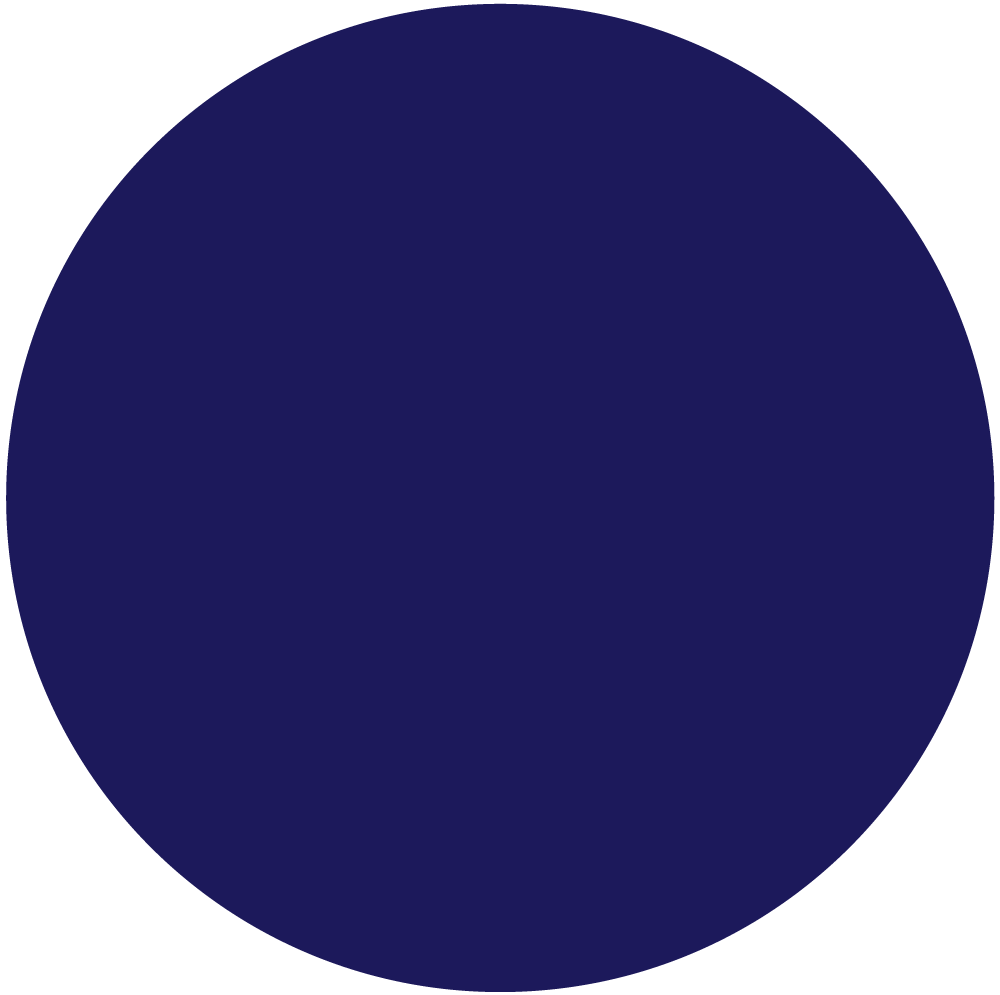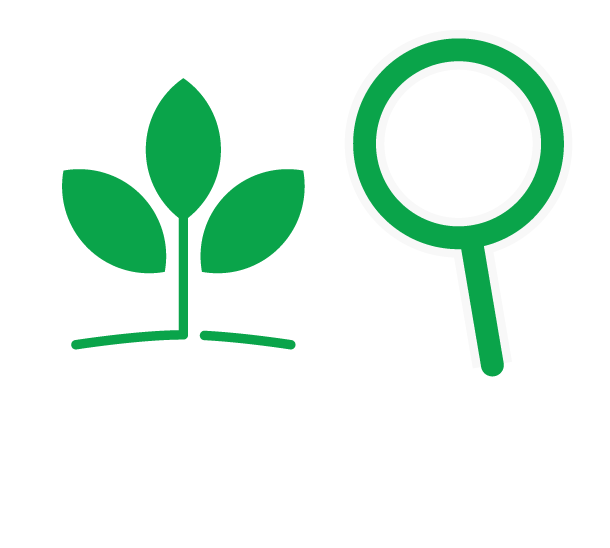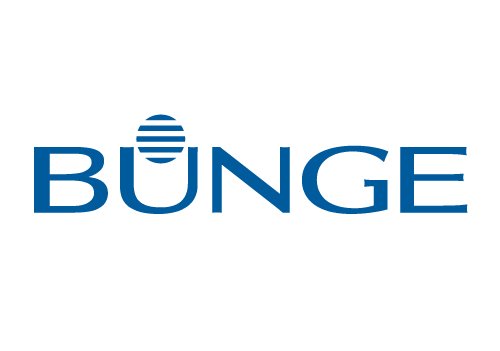
Why we do it
Tackling deforestation and conversion risks begins with a transparent and credible picture of where soy is grown and processed.
By tracing soy all the way to the farm and being able to identify its link to deforestation, conversion, or other environmental or social risks at the farm level, SCF members can focus their efforts where they matter most, and measure progress to eliminate soy-driven conversion and deforestation in the Cerrado.

Where we are
Traceability to farm for direct suppliers
All members have reached at least a 95% threshold to trace their soy to the farm where it was grown and directly purchased by SCF members.
A sectoral approach for engagement of indirect suppliers
Building upon the mapping of indirect suppliers to the first point of aggregation, SCF member companies developed a collective protocol to engage with their indirect suppliers to increase their monitoring capacity. Based on new performance data, nearly all members have achieved 100% traceability of indirect suppliers to the first point of aggregation.
By acting collectively, the six SCF member companies send a common market signal, and reinforce the sectoral position of the SCF as a standard-setter, working closely with the Brazilian Association of Vegetable Oils (ABIOVE) for data aggregation.
The new protocol
- The six member companies sent a list of five or more intermediaries sourcing within the 61 focus municipalities to ABIOVE. They were selected based on the biggest share of indirect sourcing volumes purchased by SCF members.
- ABIOVE then consolidated the lists provided and ranked the intermediaries according to the number of SCF members that source from them.
- Both ABIOVE and company representatives will engage with intermediaries following a three-step approach, including:
-
- Awareness-raising by ensuring that intermediaries receive an introduction to the objectives and steps of the engagement process.
- Evaluation via an assessment of the indirect supplier’s capacity to set up traceability and monitoring systems.
- Co-development of an action plan through the establishment of a tailored roadmap for traceability and monitoring capacity development, including budgetary implications for implementation.
In total, 19 indirect suppliers were listed, ranging from two to six companies that source from them. The SCF members will aim to engage at least 50% of these intermediaries, in partnership with ABIOVE, by December 2022.
Deforestation and Conversion-Free (DCF) soy footprint
Traceability is not an end in and of itself. It provides accountability over land use that is associated with soy production, attesting the efforts of soy producers and agribusinesses to decouple production from deforestation and conversion of native vegetation in the Brazilian Cerrado.
This approach is two-fold, based on the methodology published in our December 2021 report: first, it provides an individual performance indicator based on company data and, second, using data from external sources, an indicator assesses the progress being made at the landscape level.
Non-traceable soy volumes will account as non-verified DCF soy, representing an incentive for SCF member companies to expand traceability across their soy supply chains, mainly for indirect suppliers. Such disclosure will consider first party verification, i.e., information that is validated by persons other than those involved in the monitoring of the operation or entity being assessed.
The SCF members’ performances on the DCF indicator are available in their individual data sheets, accessible by clicking on the company logos below.
At landscape level, in the 61 focus municipalities that define our scope, 99.68% of the soy production in the crop year 2020/21 is free of native vegetation conversion of 2020. This figure was calculated with support from Agrosatélite, applying the methodology described in the Methodologies and References section. The data sources for this calculation include:
-
- Average municipality yield of the last three crop years (2017/18, 2018/19 and 2019/20) with available information from IBGE (Brazilian Institute of Geography and Statistics);
- Conversion data from PRODES Cerrado 2020, adopting a threshold of 25 ha as minimum converted area; and
- Soy area from Agrosatélite study commissioned by ABIOVE for the crop year 2020/21.
Public accountability of data for traceability and deforestation- and conversion-free performance
In order to provide full credibility and attest to the quality of the traceability data that companies use to measure their individual progress on monitoring DCF soy volumes, SCF members have established a standardized verification protocol.
The protocol will be performed on an annual basis, on the calendar year prior to the current year of disclosure (e.g. the KPIs disclosed in 2022 refer to the calendar year of 2021).
In terms of the definition ascribed, “verification” considers that the information is validated by persons other than those involved in monitoring the operation or entity being assessed. Furthermore, “first-party verification” considers that the verification is carried out by personnel from the same company that did not participate in the operations under verification, whereas “third-party verification” encompasses an independent entity that does not provide other services to the company being audited.
Our timeline for progress is as follows:
- June 2022: verify DCF performance disclosure through first-party verification (company data from 2021; PRODES data from 2020)
- December 2022: verify DCF performance disclosure through third-party verification of direct suppliers.
- December 2022: disclose a target date for third-party verification of indirect suppliers.
Note: The methodology for reporting soy-sourced by joint ventures that the SCF published in December 2021 applies to all indicators for which the classification between direct and indirect soy volumes is relevant. The Methodologies and References section of this report provides greater detail.







